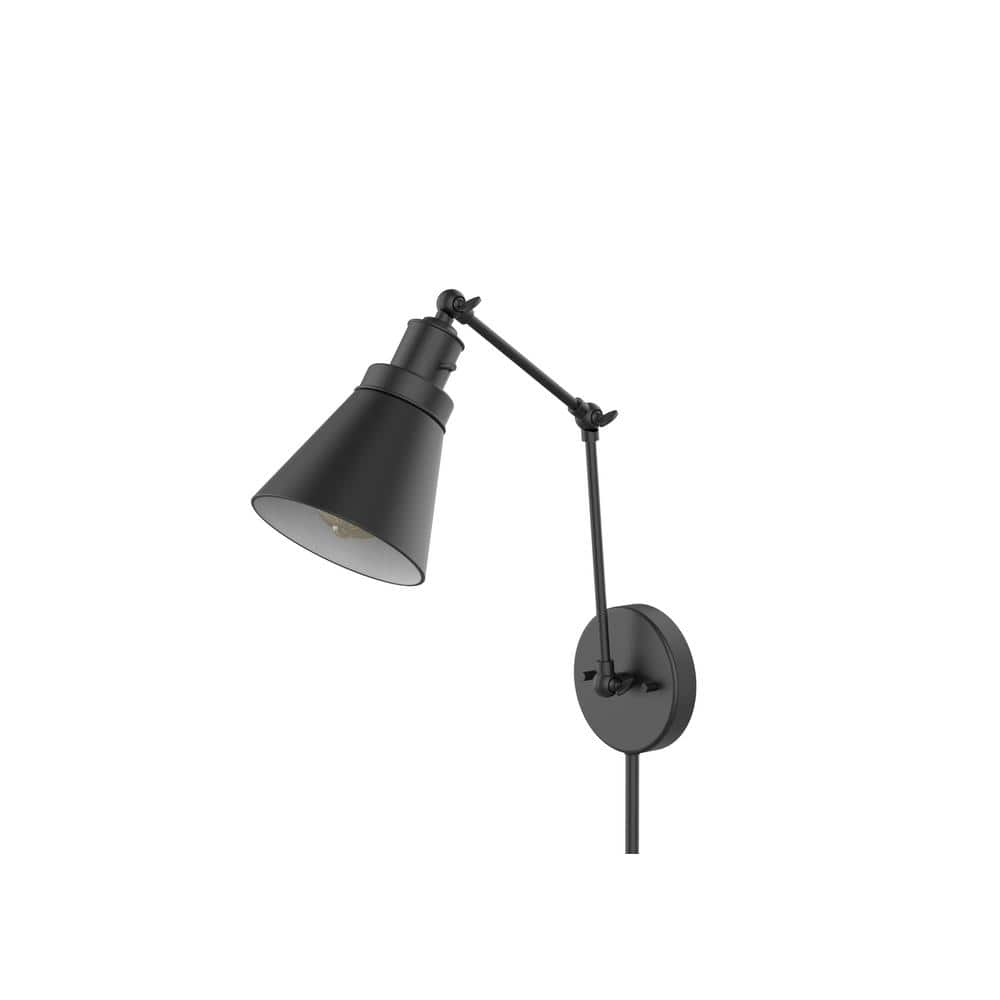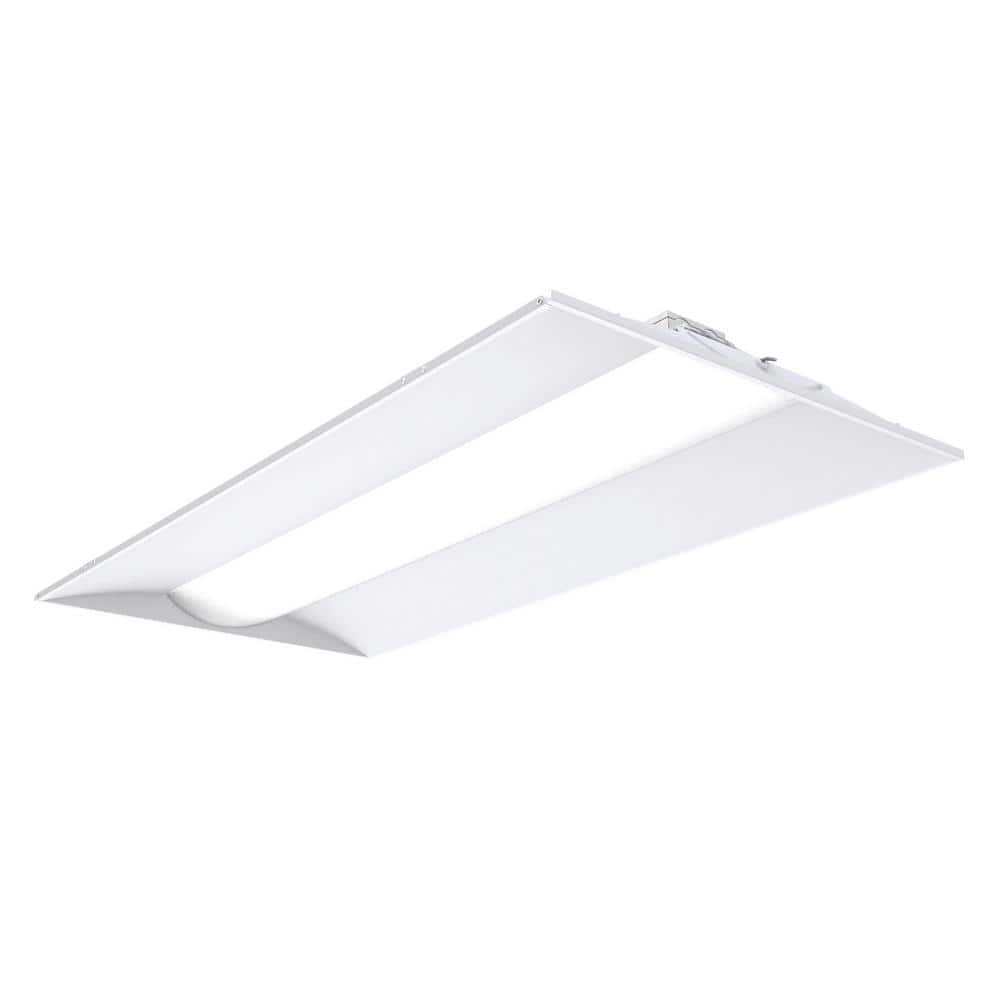Progress Lighting Briarwood Collection 5-Light Antique Bronze Farmhouse Linear Island Chandelier Light
Farmhouse linear chandelier light perfect for a kitchen island. Use vintage bulbs to enhance open-bulb design. Measures 38-inch width by 9-inch height by 10-inch length.
Create a cozy and comfortable home atmosphere with the classic barn-like touch of the Briarwood Collection Rich Oak Five-Light Rustic Linear Chandelier. The open-caged light fixture features a faux-wood frame with a rich painted-oak finish. A farmhouse-inspired X-brace design stretches across each side of the frame recalling old barn doors and rustic farmhouse gates. From inside the enclosure peeks metal light bases waiting to hold light sources as they exude a comforting country glow. An antique bronze plate accents the top of the structure as thin metal bars anchor the rustic light fixture to the ceiling. The chandelier’s farmhouse-inspired design is ideal for any dining room, foyer, great room, or kitchen in coastal, craftsman, farmhouse, rustic, urban industrial, and vintage electric interiors. It’s time to breathe new life into the mundane every day with timeless and truly transformative lighting. Make your purchase today to begin your journey to a whole new lighting experience. Progress Lighting products are designed for exceptional quality, reliability, and functionality.
- Create a cozy and comfortable home atmosphere with the farmhouse-inspired Briarwood Collection Antique Bronze Five-Light Rustic Linear Chandelier ideal for any foyer, dining room, or kitchen.
- Perfect for coastal, craftsman, farmhouse, rustic, urban industrial, and vintage electric style interiors.
- The open-caged light fixture features a faux-wood frame with a rich oak finish accented by an antique bronze plate.
- Fixture is primarily constructed from steel to ensure a long product lifespan.
- From inside the enclosure peeks metal light bases waiting to hold light sources as they exude a comforting country glow through the X-brace design reminiscent of country barn doors and rustic farmhouse gates.
- For optimal illumination, the chandelier uses five medium base bulbs that are sold separately (100w max – LED or incandescent). Incorporate clear light bulbs for a pinch of contemporary shine or opt for vintage bulbs to enhance the light fixture’s rustic demeanor. Compatible with dimmable bulbs.
- Measures 38-inch width by 9-inch height by 10-inch length.
- UL dry location listed.
- Pairs with Progress Lighting fixtures from the Tilley Collection and Hemsworth Collection.
- Our 1-year limited warranty will guarantee your complete satisfaction with your purchase. Make your purchase today to begin your journey to a whole new lighting experience!
Additional information
| Chain Length (in.) | 8 |
|---|---|
| Fixture Depth (in.) | 10 |
| Fixture Height (in.) | 9 |
| Fixture Weight (lb.) | 15.02 |
| Fixture Width (in.) | 38 |
| Maximum Hanging Length (in.) | 75 |
| Mounting Deck Height (in.) | 0.81 |
| Mounting Deck Width (in.) | 16 |
| Certifications and Listings | cULus Listed |
| Manufacturer Warranty | 1-year Limited Warranty |






by Claire
The light fixtures are beautiful! They made the room look brand new! Excellent quality and stunning decor!
by Pudda
Chandelier matched with 2-light and 1 light from the Briarwood collection – only issues I found is the the base on ceiling did not cover the circular hole needed from the previous light so I needed to do some patchwork. Also, opening of the chain to connect to the base was not the easiest and needed to be careful not to scratch. Otherwise very happy with purchase.
by Floyd
We got this light for our entryway and our mud room and it is the exact size we were looking for. It’s bigger than I thought it would be but we love it!